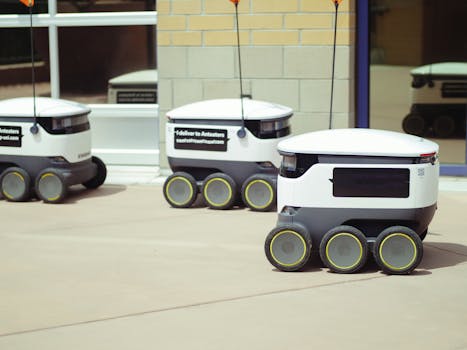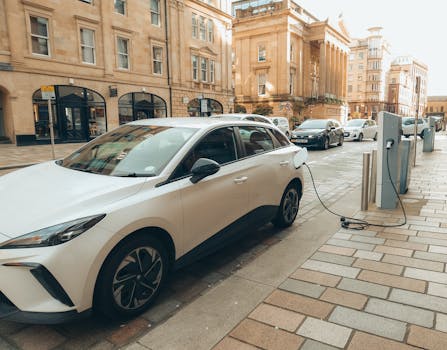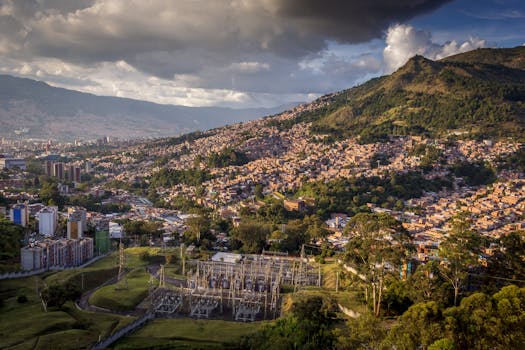
Smart Cities: Urban Trends for 2025
Smart Cities are revolutionizing the way we live, work, and interact with our urban environments. As we approach 2025, it’s essential to explore the latest trends and innovations that are shaping the future of our cities. Smart Cities are at the forefront of this transformation, leveraging technology and sustainability to create more efficient, livable, and resilient urban ecosystems.
Section 1: Introduction to Smart Cities

Smart Cities are urban areas that utilize information and communication technologies (ICT) to enhance the quality of life for their citizens, while also improving the efficiency of municipal operations and services. The concept of Smart Cities has gained significant attention in recent years, as cities around the world strive to become more sustainable, competitive, and attractive to businesses, tourists, and residents.
The key characteristics of Smart Cities include:
- Integrated transportation systems
- Renewable energy sources
- Energy-efficient buildings
- Advanced water management systems
- Waste reduction and recycling programs
- Public safety and security systems
- Smart grid systems
- High-speed internet and connectivity
Section 2: Urban Trends for 2025

As we look ahead to 2025, several urban trends are expected to shape the future of Smart Cities. Some of the most significant trends include:
Sustainable Energy: Cities are increasingly adopting renewable energy sources, such as solar and wind power, to reduce their carbon footprint and dependence on fossil fuels. Energy-efficient buildings and green architecture are also becoming more prevalent, reducing energy consumption and promoting eco-friendly practices.
Advanced Transportation Systems: Smart Cities are investing in advanced transportation systems, including electric and self-driving vehicles, hyperloops, and advanced public transit systems. These innovations aim to reduce traffic congestion, decrease emissions, and improve air quality.
Smart Infrastructure: Cities are leveraging IoT sensors, data analytics, and AI to optimize urban infrastructure, including roads, bridges, and public buildings. This enables real-time monitoring, predictive maintenance, and more efficient use of resources.
Urban Agriculture: Urban agriculture is becoming increasingly popular, as cities recognize the importance of local food production, reduced transportation emissions, and community engagement. Vertical farming, rooftop gardens, and community gardens are just a few examples of urban agriculture initiatives.
Section 3: Innovations and Technologies

Several innovations and technologies are driving the development of Smart Cities, including:
Internet of Things (IoT): IoT sensors and devices are being used to collect and analyze data on various aspects of urban life, from traffic and energy usage to waste management and public safety.
Artificial Intelligence (AI): AI is being applied to optimize urban operations, predict maintenance needs, and improve public services. Chatbots, virtual assistants, and machine learning algorithms are just a few examples of AI-powered solutions.
Blockchain: Blockchain technology is being used to secure data, enable transparent transactions, and promote trust in urban ecosystems. From energy trading to identity verification, blockchain has numerous applications in Smart Cities.
5G Networks: The rollout of 5G networks is expected to revolutionize urban connectivity, enabling faster data transfer rates, lower latency, and greater IoT connectivity.
Section 4: Challenges and Opportunities

While Smart Cities offer numerous benefits, they also pose several challenges and opportunities, including:
Data Privacy and Security: As cities collect and analyze vast amounts of data, concerns around data privacy and security are growing. Ensuring the protection of citizen data and preventing cyber threats is essential.
Digital Divide: The increasing reliance on digital technologies can exacerbate existing social and economic inequalities. Smart Cities must address the digital divide by providing accessible and affordable digital services to all citizens.
Citizen Engagement: Smart Cities require active citizen engagement to ensure that urban development is inclusive, responsive, and effective. Cities must foster participatory governance, encourage community involvement, and provide transparent communication channels.
Partnerships and Collaborations: Smart Cities often require partnerships between public, private, and non-profit organizations. Fostering collaborations and developing effective governance models is crucial for successful urban development.
Section 5: Conclusion

In conclusion, Smart Cities are transforming the urban landscape, leveraging technology and sustainability to create more livable, efficient, and resilient cities. As we approach 2025, it’s essential to stay informed about the latest trends, innovations, and challenges in the Smart City space. By doing so, we can work together to create a brighter, more sustainable future for generations to come.






